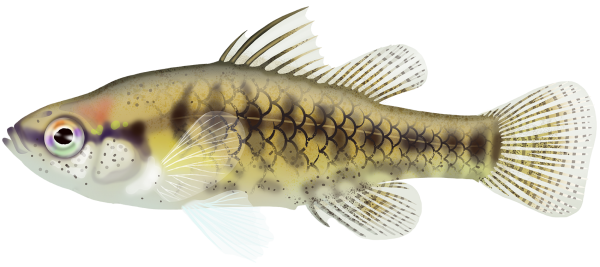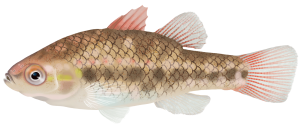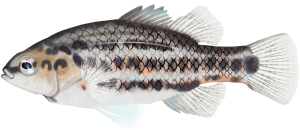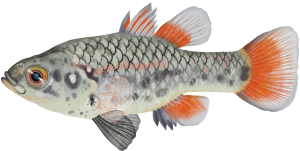Quick Facts
Scientific name
Nannoperca obscura
Family
Temperate Bass / Percichthyidae
Size
Up to 7.5 cm (2.95 in)
Weight
A few grams
Distribution
Habitat & AU Distribution
Freshwater streams, creeks, lakes & ponds amongst aquatic weeds & vegetation
Depth Range
0 - 1 m (3 ft)
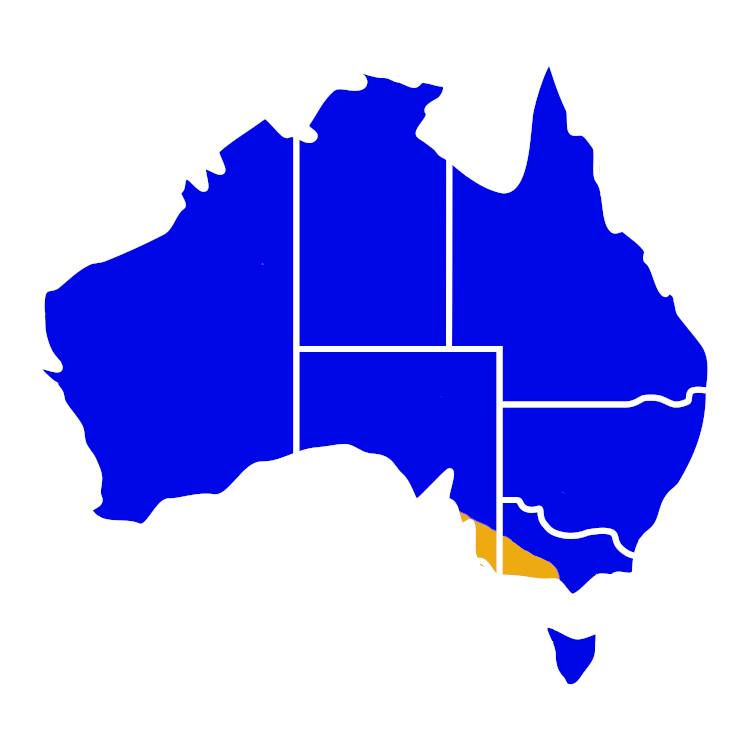
Interesting Info
- The Yarra Pygmy Perch is a small freshwater fish species found in the Yarra River catchment in southeastern Australia.
- It is one of Australia’s rarest freshwater fish, and is listed as a threatened species under the Victorian Flora and Fauna Guarantee Act 1988.
- The species is typically found in slow-flowing or still sections of streams and rivers with gravel or sandy substrates.
- They feed on a variety of aquatic invertebrates, including insect larvae and small crustaceans.
- Yarra Pygmy Perch are sexually dimorphic, with males exhibiting brighter coloration and having larger pelvic fins than females.
- Breeding typically occurs in the late winter and early spring, with females laying adhesive eggs in shallow water.
- They are often preyed upon by larger fish, such as introduced trout species, as well as birds and other predators.
- The species has a relatively short lifespan, with individuals typically living for only 2-3 years.
Species Interaction
Minimal Species Contact
Engagement with Yarra Pygmy Perch are largely focused on conservation and protection of the species due to their threatened status.
Scientific Classification
Kingdom: Animalia
Phylum: Chordata
Class: Actinopterygii
Order: Perciformes
Family: Percichthyidae
Genus: Nannoperca
Species: Nannoperca obscura
Conservation Status
The Yarra Pygmy Perch is listed as a threatened species under the Victorian Flora and Fauna Guarantee Act 1988, and is also listed as endangered under the Commonwealth Environment Protection and Biodiversity Conservation Act 1999. The species is one of Australia’s rarest freshwater fish, and its distribution is limited to the Yarra River catchment in southeastern Australia.


